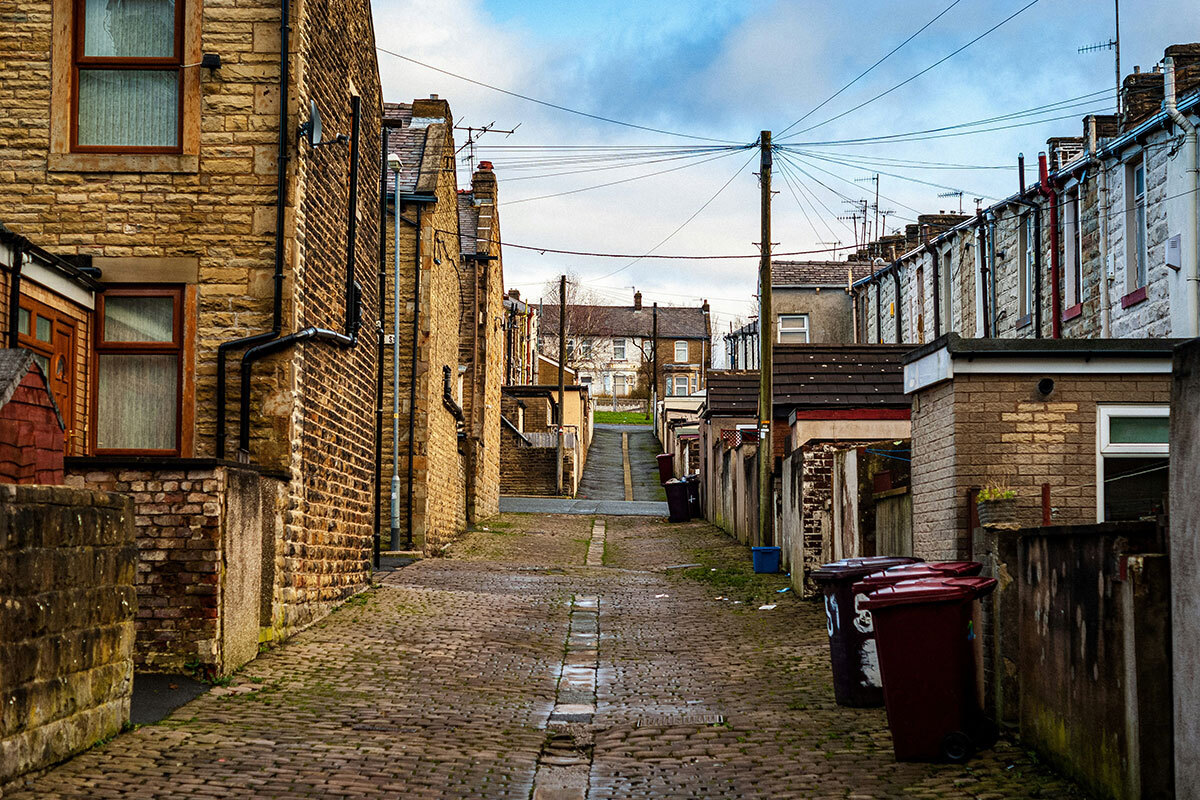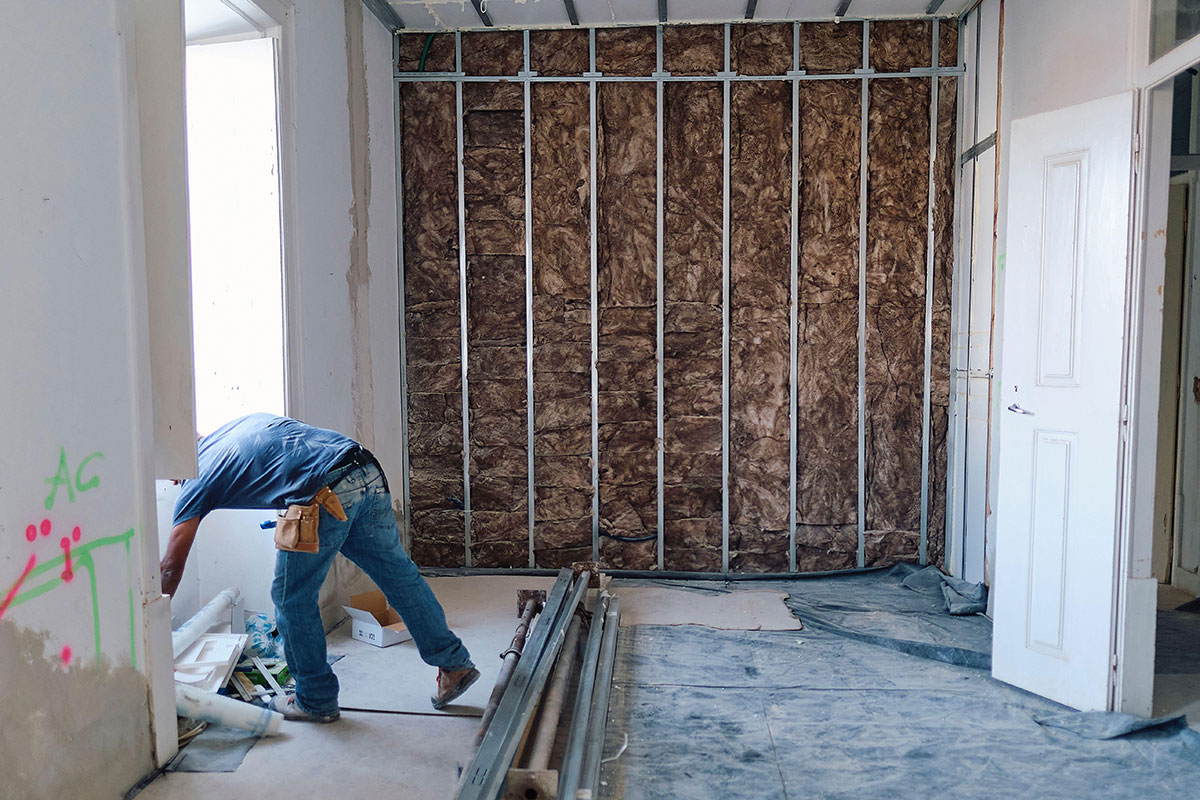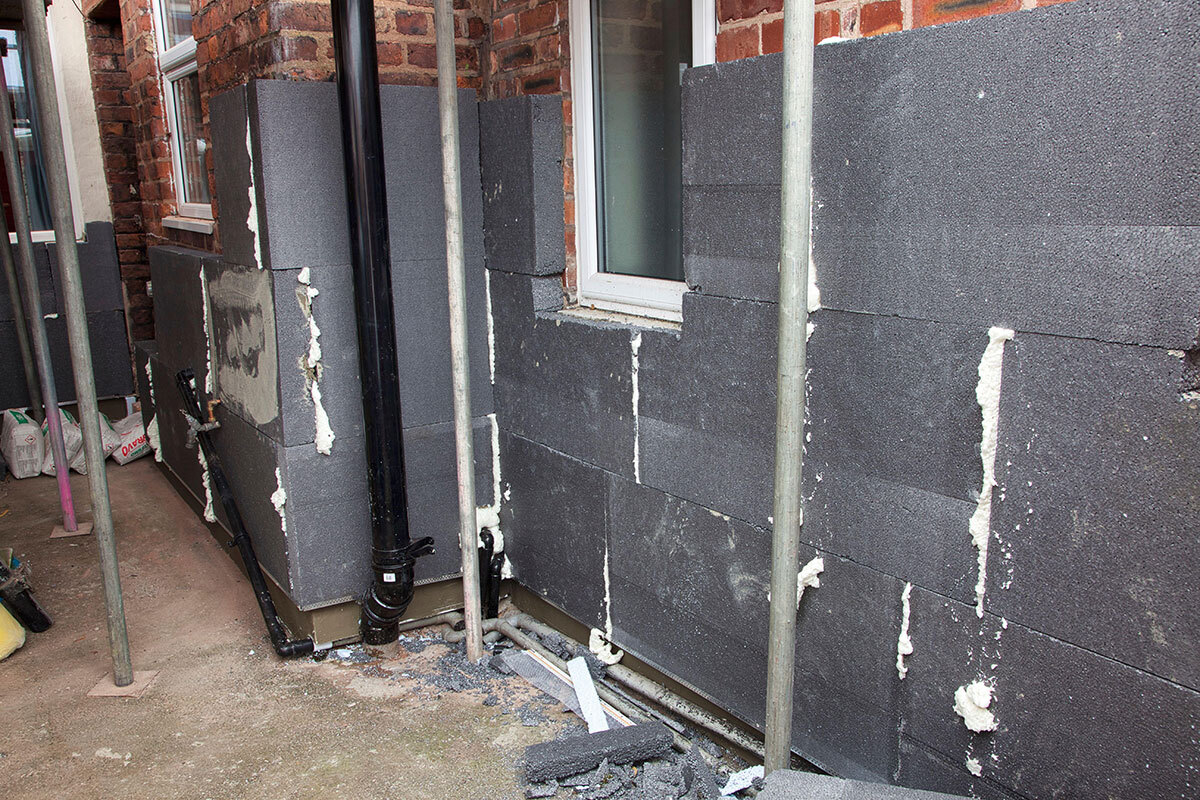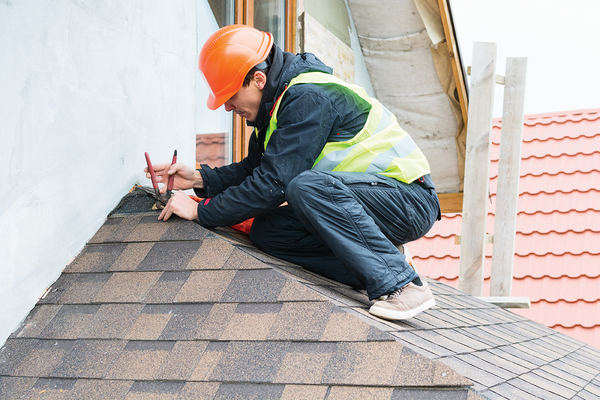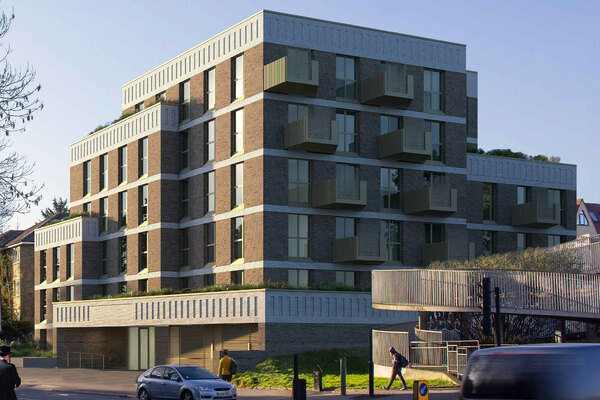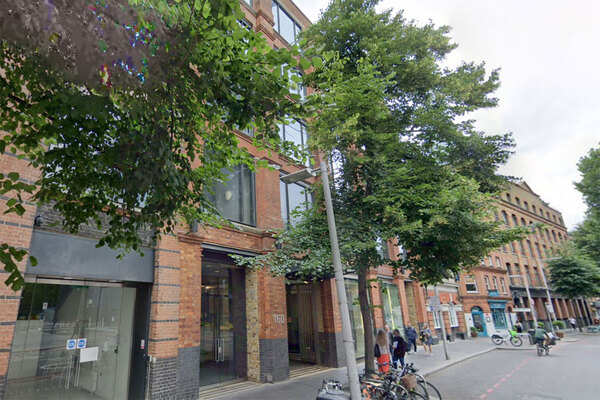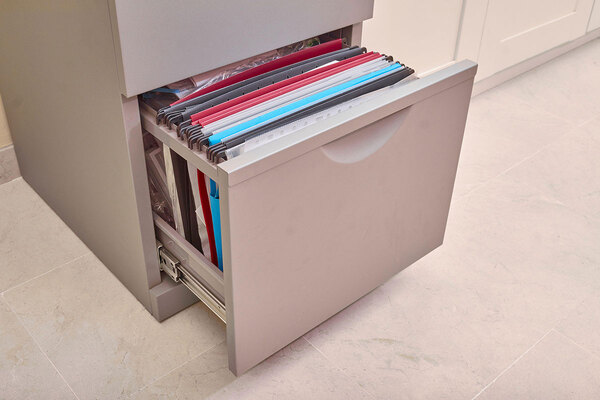You are viewing 1 of your 1 free articles
Retrofit hardest for Northern landlords, report finds
The retrofit challenge in England is significantly harder for Northern landlords due to a “gulf” in house prices and costs, a report has found.
The findings showed that the mission facing housing providers across the country is “demonstrably inequitable” given that the homes most in need of improvements are likely to be in less affluent areas.
The research by property consultants JLL explored how the cost of retrofitting a home to Energy Performance Certificate (EPC) Band C, which is estimated to be £35,000 per property, represents greater outlay in lower value markets.
In 26 local authority areas, a bill of this size accounts for more than a fifth of the average house price. Eight of the top 10 most affected areas were in the North East or North West, including Burnley, Kingston upon Hull, Hyndburn and Blackpool.
In Burnley, where the average house price across all home types is £130,209, retrofitting costs would account for 27% of a property’s value. This grows to 50% for flats in the region.
By contrast, the percentage drops to 6% in the London borough of Hackney.
In more than half (56%) of local authorities, the costs of retrofitting exceeded 10% of property value.
As flats are priced lower than houses, they are “hit hardest” by retrofit costs, the report said.
Retrofit costs accounted for less than 10% of average flat values in just 9% (28) of local authorities, all of which were in London and the South East.
The researchers noted that by putting a greater burden on social housing providers, fewer new homes will be delivered as cash is earmarked for retrofit rather than new builds – exacerbating the housing crisis.
Upgrading 1,000 homes will come at a cost of £35m for social landlords, the report said.
Applying a £35,000 bill to half of the 4.5 million homes owners by English local authorities and housing associations equates to £79bn, nearly two-thirds of the social housing sector’s entire committed debt, both drawn and undrawn (£123bn).
While the government is distributing millions of pounds through its Social Housing Decarbonisation Fund, the report pointed out that there is no extra funding for areas that “shoulder a greater burden”.
Marcus Dixon, director of UK residential research at JLL, said the “gulf in values and costs” is affecting “housing associations, private landlords and local authorities alike”, while upgrading homes at scale can see costs rise to “an eye-watering level”.
“There is something demonstrably inequitable when taking into consideration that the homes likely most in need of attention are in areas that are typically less affluent, and less able to shoulder the cost,” he added.
In a worst-case scenario, homes will potentially be left empty to be demolished rather than upgraded, because of the significant cost versus the resulting value of the property. It is hard to evidence a resulting uplift in value in low value markets.
Mr Dixon added: “There is a clear role for UK government to properly incentivise the private market and support the social housing sector to help decarbonise homes across the country.
“This in turn will support a healthier population living in warmer, more energy-efficiency and cheaper to run homes, a reduction in the market’s carbon footprint, and take us a step closer to net zero by 2050.”
A government spokesperson said the analysis was "inaccurate" and "vastly overestimates the costs, ignoring the fact most homes below this level will be rated D and would require minimal retrofitting – costing far less than the figures cited."
They continued: “Our plan for energy efficiency speaks for itself, with almost half of all homes in England now having an EPC rating of C or above, up from just 14% in 2010.
“Through further investment and our Great British Insulation Scheme, we will help 300,000 families to improve their homes and save money on their bills.”
Sign up for our asset management newsletter
Already have an account? Click here to manage your newsletters
